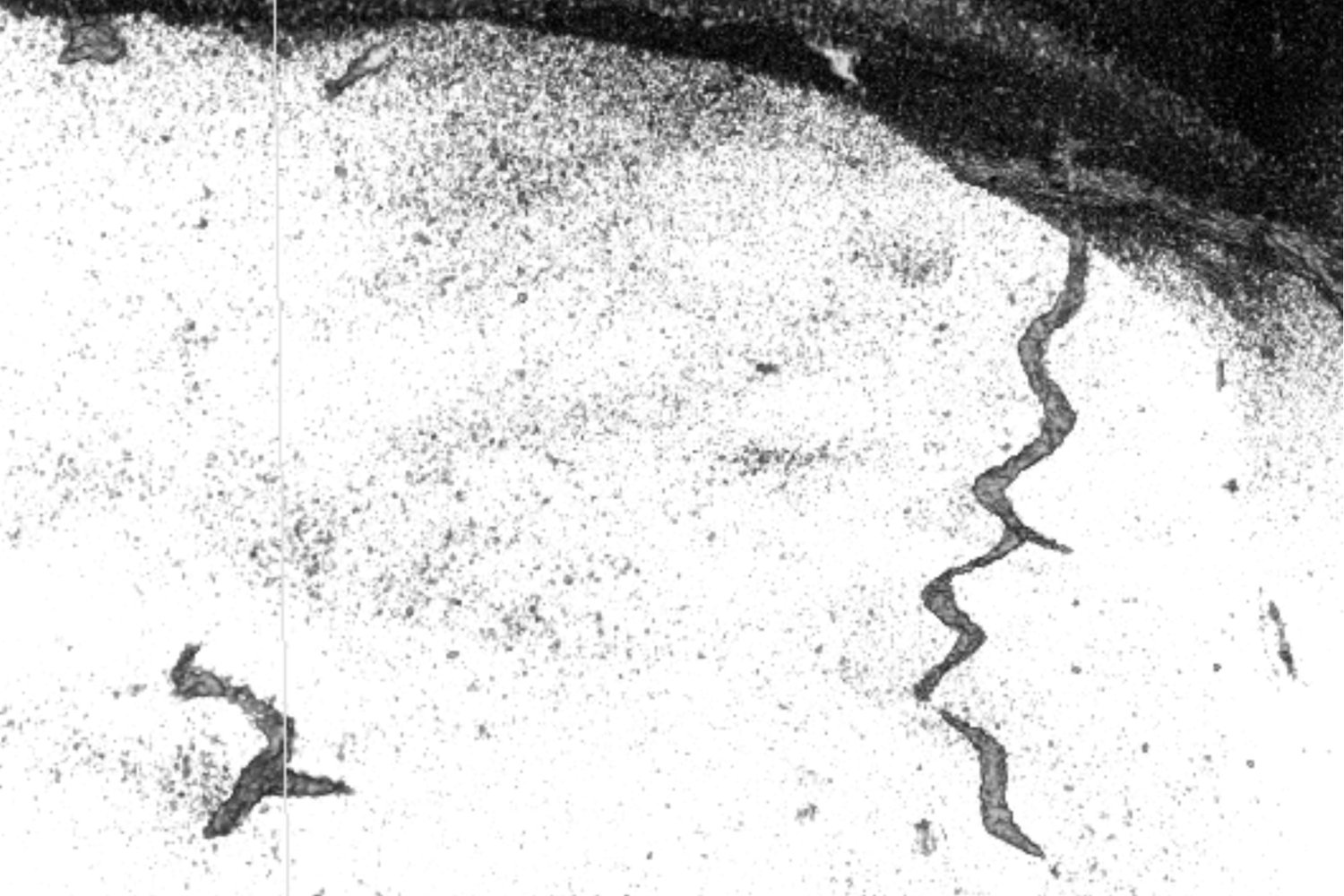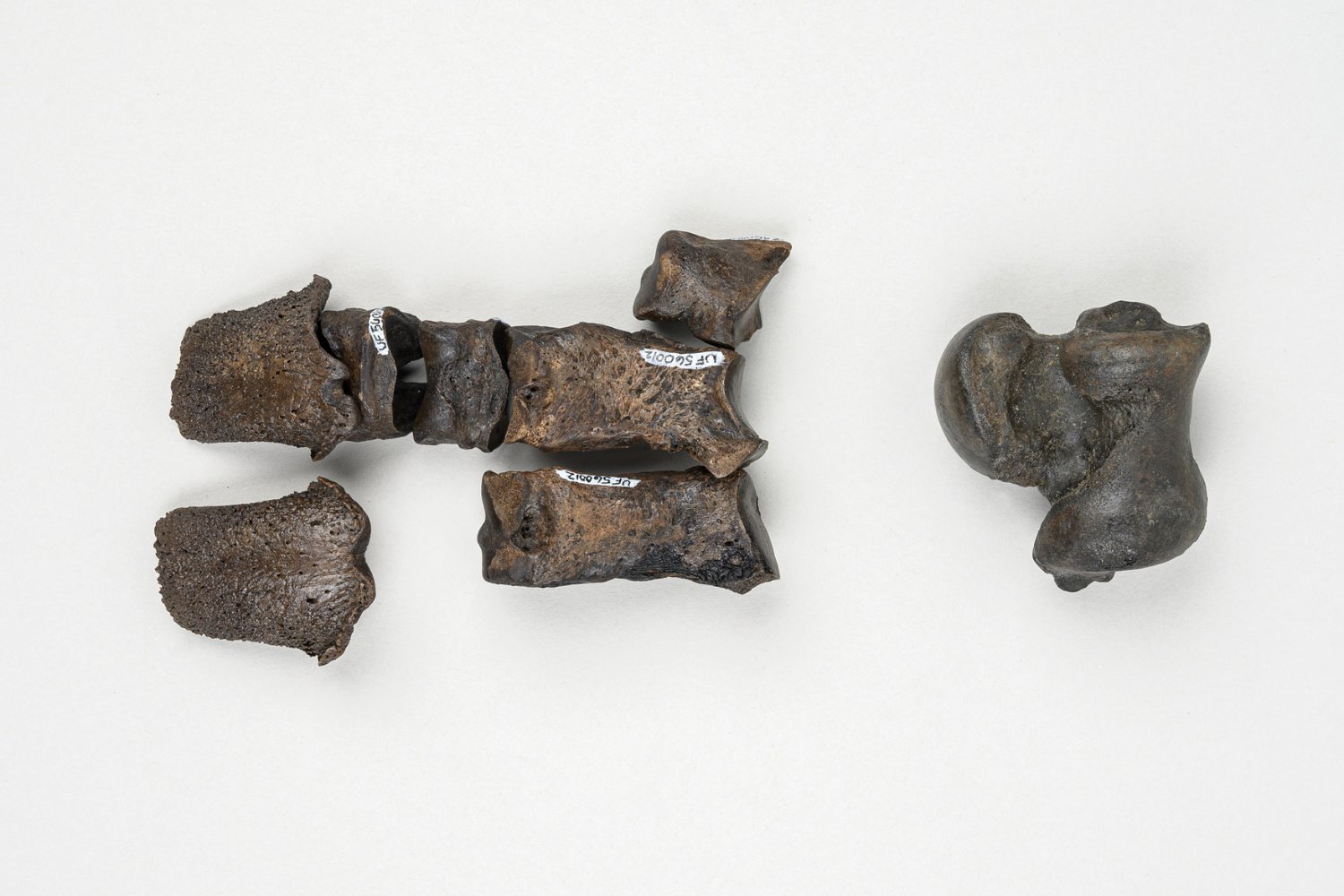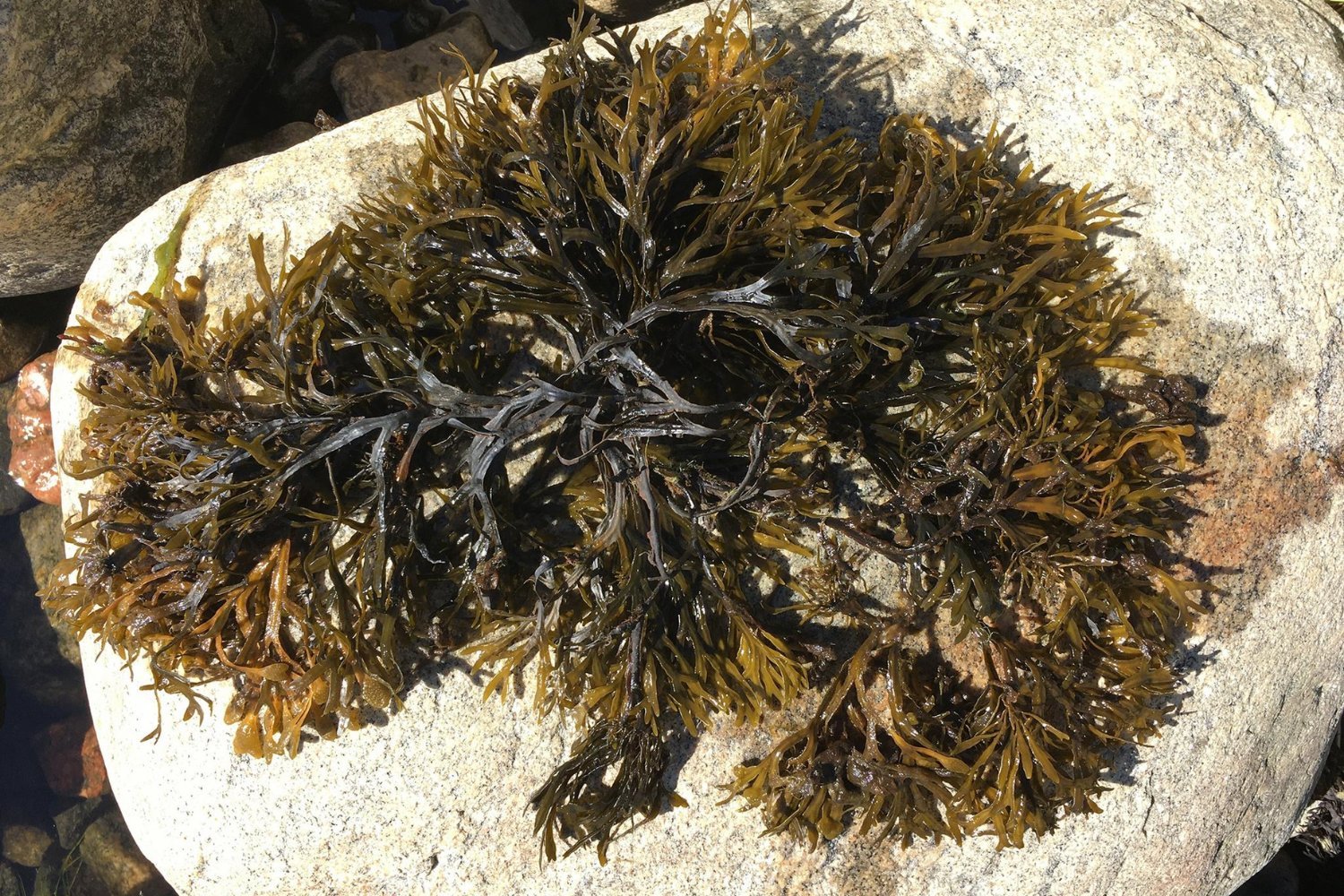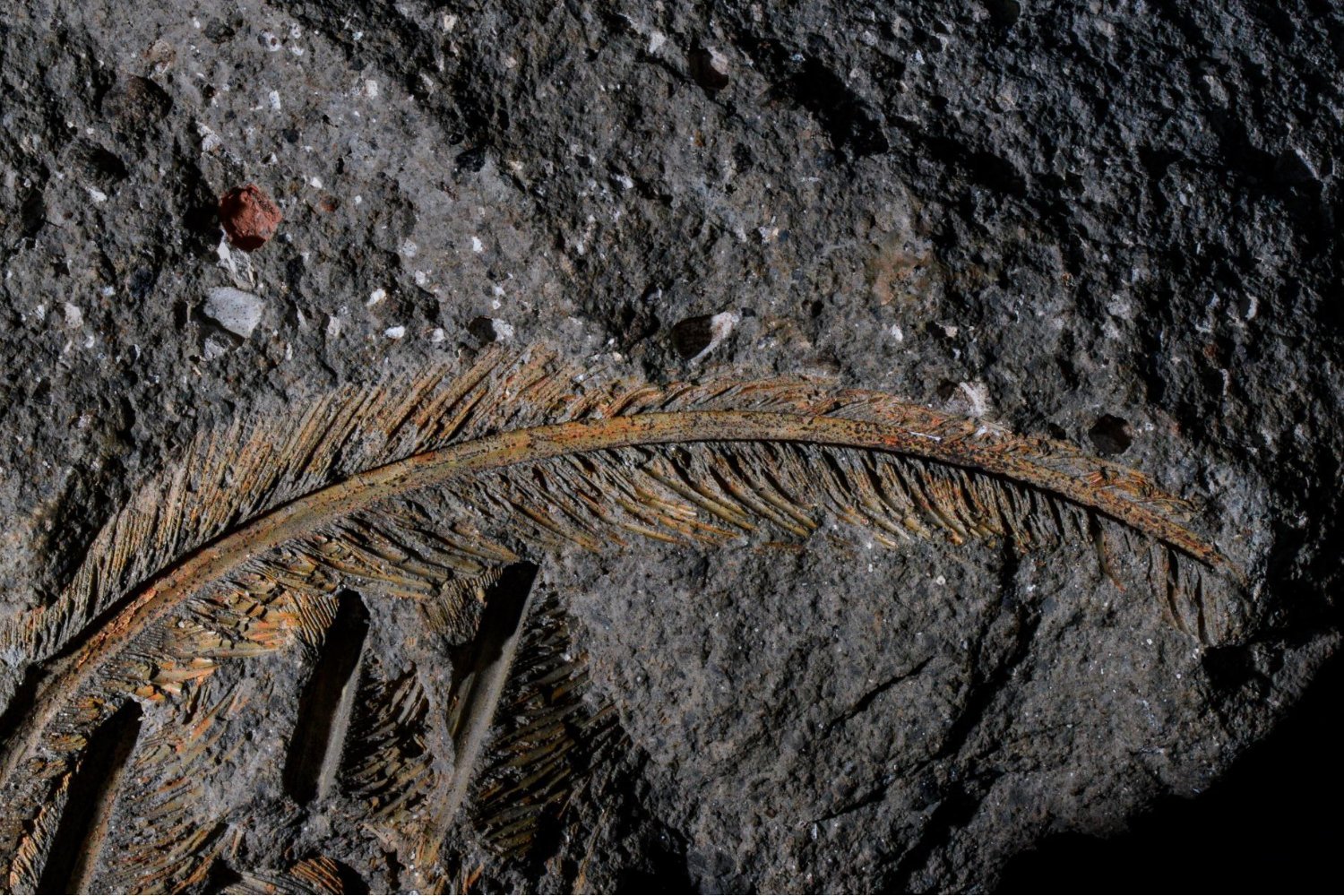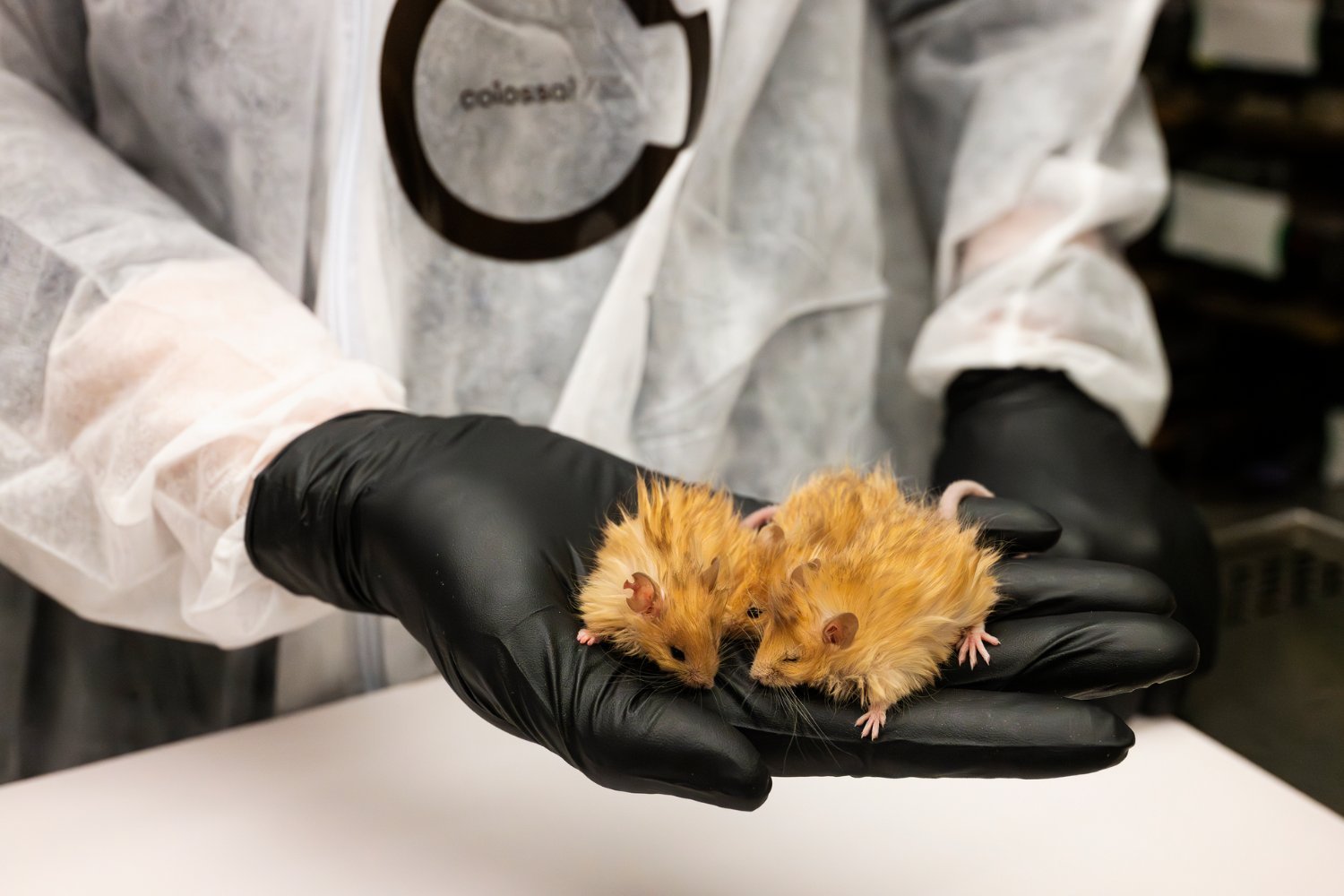Deep-sea life isn’t just surviving in the extreme environment of the hadal zone; it’s actively shaping it. New research reveals how creatures living nearly five miles beneath the ocean’s surface in the Japan Trench are engineering their surroundings, impacting nutrient cycles and paving the way for other organisms.
The hadal zone, the deepest part of the ocean, presents significant challenges for life, with limited food and energy. Yet, a surprising diversity of life exists there, including holothurians, polychaetes, bivalves, and even bottom-dwelling fish. A recent study published in Nature Communications sheds light on how these organisms not only survive but thrive by influencing the very sediment they inhabit.
The research team analyzed 20 sediment cores from the Japan Trench, using X-ray scanning to reveal the sediment’s structure and the history of its inhabitants. They discovered a dynamic process of bioturbation, where organisms oxygenate and irrigate the sediment, significantly impacting the ecosystem.
The process begins with turbidity currents depositing nutrient-rich sediment from higher up in the trench. This influx of nutrients and oxygen provides a feast for opportunistic benthic species, which quickly colonize the newly deposited sediment.
As organic matter decomposes, the sediment becomes anoxic, altering the microbial community. This shift allows different invertebrate species, likely including certain bivalves, to thrive by utilizing these microbial communities. Their burrowing activities further reshape the sediment, creating pathways for nutrients and oxygen.
This dynamic interplay between sediment deposition, bioturbation, and microbial activity creates a constantly evolving environment in the hadal zone. The research highlights the crucial role of deep-sea creatures in shaping their ecosystem and influencing nutrient cycling.
This discovery adds to the growing body of knowledge about the deep ocean, a realm that still holds many mysteries. As technology advances, such as the recent certification of the Alvin submersible for deeper dives, our ability to explore these extreme environments expands. These findings also offer intriguing parallels to the potential for life in the subsurface oceans of moons like Europa and Enceladus, further fueling our desire to explore beyond Earth.
The research emphasizes that life in the hadal zone is not merely passive but actively influences its surroundings. This understanding has implications for our broader understanding of life in extreme environments, both on Earth and potentially beyond.



